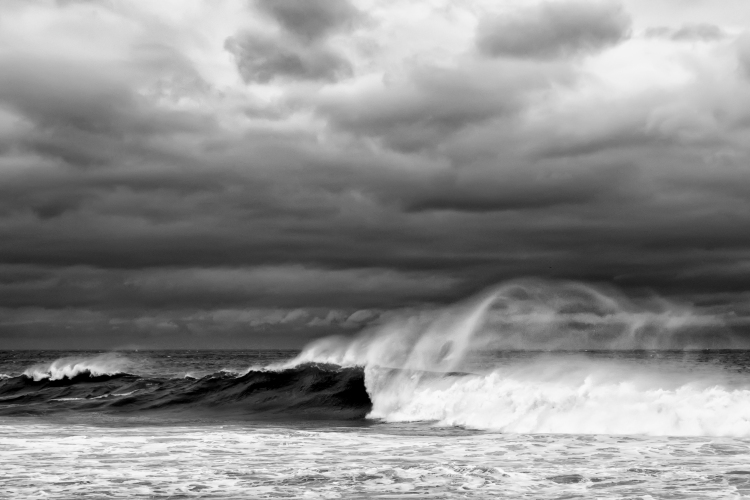The wind has many secrets. The wind hides multiple faces. The wind is invisible yet powerful. Discover and learn a few surprising windy facts.
The wind is simply the flow or movement of air from high to low pressures. You can touch it, you can feel it, but you will never be able to store it in a box or own it.
Winston Churchill once said, "Kites rise highest against the wind - not with it."
Interestingly, people often consider wind to be an obstacle and never quite understand that you can adjust and adapt to get the most out of it from another perspective.
The most famous winds of the world have unusual behaviors.
So, what are the most amazing facts about wind? What do you know exactly about winds? Let's see:
1. Saturn and Neptune have the fastest winds in the solar system;
2. The energy of the wind has been used since 2,000 BC;
3. Wind will start disappearing approximately five billion years from now when the sun begins to die;
4. Winds are stronger and steadier in offshore spots;
5. Warm air is lighter than cold air;
6. Trade winds are steady winds flowing toward the equator;
7. Jet streams are powerful winds blowing about ten kilometers above the earth; they were discovered by World War II fighter pilots when they found that their speed reduced when they flew against these powerful high winds;
8. Wind chill is the cooling effect of wind on the skin;
9. The windiest place in the world is Antarctica;
10. Warm air moves to the poles, where it cools down;
11. Cold air moves toward the equator, where it warms up;
12. Strong winds can be called hurricanes, tornadoes, microbursts, zephyrs, sirocco, sharav, mistral, or monsoons;
13. The trade winds were named after the 16th-century Portuguese ships which traveled from east to west to trade goods;
14. The Beaufort Wind Scale was created in 1806 by the British naval commander Sir Francis Beaufort, inspired by the effect of wind on the frigate sails;
15. The highest verified gust of wind was 253 miles per hour (408 kilometers per hour) on April 10, 1996, in Barrow Island, Australia;
16. Anemious is the word for a plant that grows in windy conditions;
17. "Anemos" means wind in Greek;
18. Old sailors believed that strong winds were caused by someone shutting up a cat on shore;
19. Wind affects the spread of wildfires;
20. The strongest winds of the world are in the mid-latitudes, where cold polar air meets warm air from the tropics;
21. Vayu (Hindu), Boreas, Notus, Eurus, and Zephyrus (Greek), Venti (Roman); Fūjin (Japanese), and Njord (Norse) are the most famous gods of the wind;
22. "Kamikaze" is a Japanese word usually translated as "divine wind";
23. The most powerful gusts of wind on Earth were produced by nuclear detonations. The largest nuclear explosion generated a 20-bar blast pressure equivalent to a 3,100 miles per hour wind gust;
24. One knot equals one nautical mile per hour (1.852 kilometers per hour);
25. The "weather vane" is also a slang word for a politician who frequently changes opinion;
